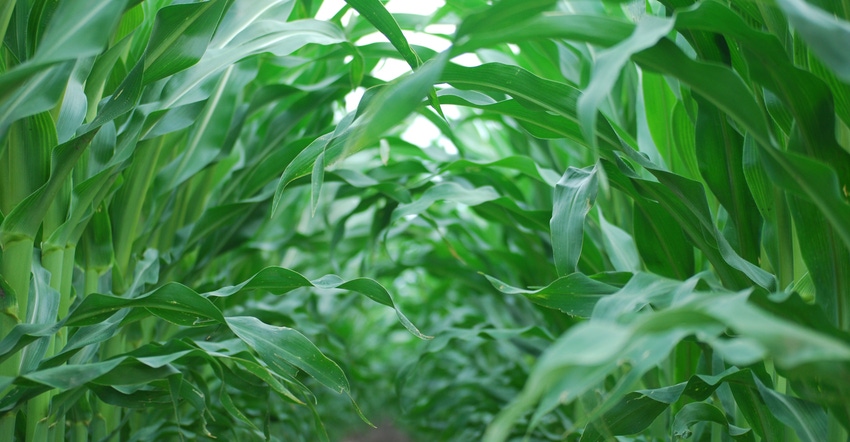
April 2017 was the second-wettest April in history, according to the University of Illinois State Water Survey. By August, below-average rainfall and extremely dry conditions plagued most of the state.
Yet somehow, someway, the average corn yield in Illinois increased to 201 bushels per acre, and farmers harvested more than 2 billion bushels — a record-high yield and the fourth-highest production on record.
How does that happen?
It’s a little bit nature and a little bit nurture, says Matt Montgomery, DuPont Pioneer field agronomist. He points to higher yield potential and farmers using better management practices.
“With the corn crop, we want to start it right, keep it right, end it right,” he says. “We want to maintain that genetic yield potential.”
In general, farmers take advantage of earlier planting windows, plant different maturities to spread risk, and manage diseases.
How does a corn plant stand in water, then face extremely dry conditions, and still yield well at harvest? Shane Meis, head of research at Wyffels Hybrids, says hybrid candidates are thoroughly vetted from north to south, so they are exposed to cold, heat, rain and other environmental stressors for at least five years before hitting the commercial market.
“You’re making breeding crosses with the best genetics, and those children are being evaluated in a very short time frame,” he explains. “You’re building upon the resiliency and tolerance that was selected for in prior generations. Hopefully, there’s a stair-step effect, and each cycle from there forward is a little more resilient than the one that preceded it.”
Hybrids that handle water stress are naturally predisposed to handle other environmental stressors, like heat. Meis says pattern tile and terraces in fields with drainage issues help reduce stress, too.
Finally, Mother Nature deserves a little credit for allowing hybrids to rebound after heavy spring rains. In 2017, Meis says low disease pressure, fewer cloudy days and a cool August promoted photosynthesis. Kernel weights saved what many predicted would be a low-yield year.
But don’t bank on Mother Nature to save the day.
Meis says planting into the right soil conditions is the best way to give hybrids a fighting chance against the weather. “Planting into a good weather window is tremendously important,” he says. “Wait for good soil temps. Don’t mud it in or plant ahead of cold and wet conditions. Help it get off to a good start.”
About the Author(s)
You May Also Like




